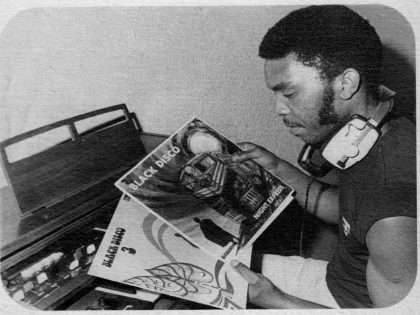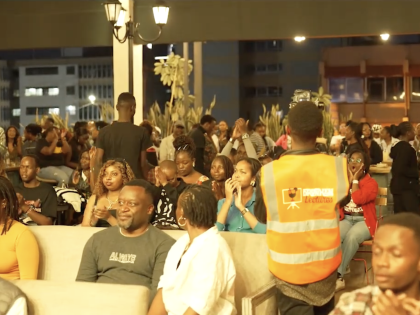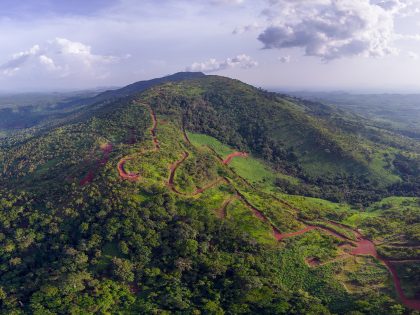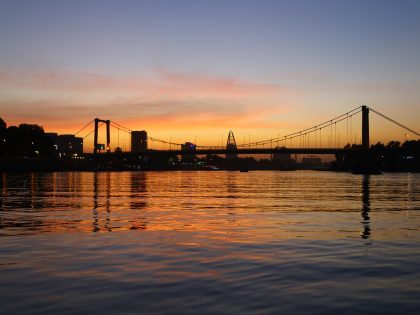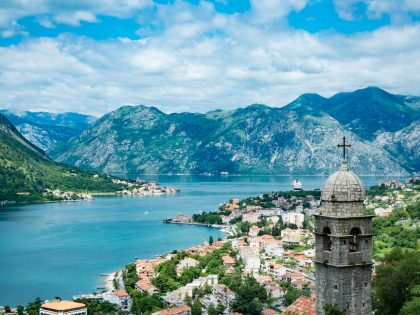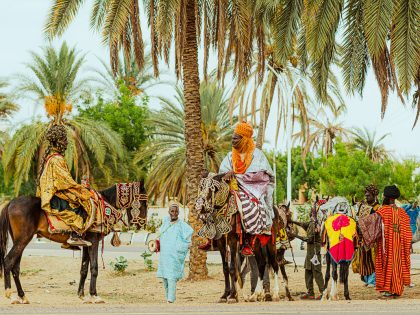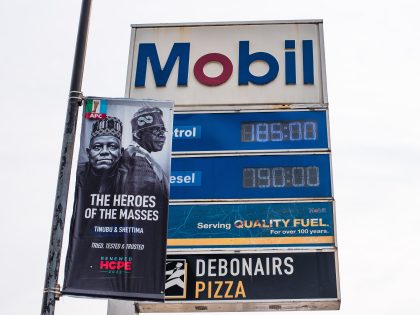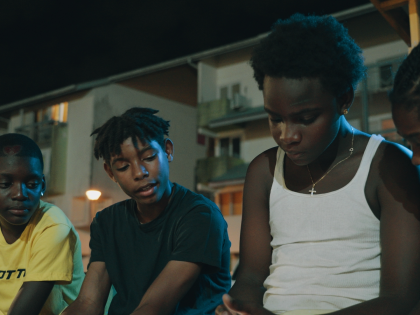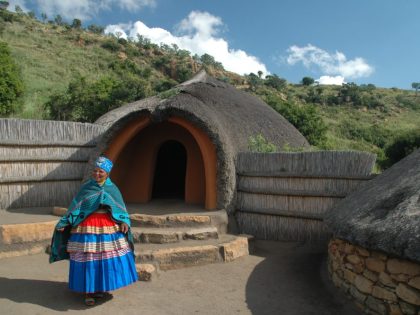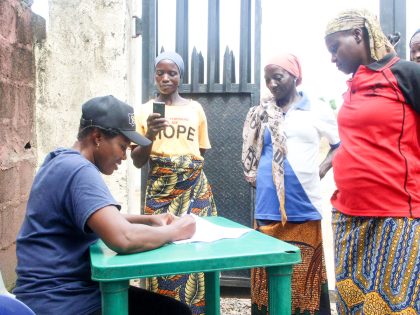A state of cultural flux
Andrew Dosunmu's new feature film, "Mother of George," is set in Brooklyn, NY’s Bed-Stuy neighborhood, focusing on the complications of African immigrant life, especially love and family.

Danai Gurira in "Mother of George."
Former fashion creative director, photographer and video music director Andrew Dosunmu is finding plenty of reasons to celebrate lately. Distribution company Oscilloscope Laboratories recently scooped up the North American rights to his film “Mother of George” at the Sundance Film Festival. Cinematographer Bradford Young won two US dramatic prizes at the festival this year, one being for his stunning work in “Mother of George.”
In “Mother of George,” time is the antagonist.
The story is set in Brooklyn’s Bed-Stuy neighborhood, and the story stresses the complications of African immigrant life in New York City. The plot follows Adenike (Danai Gurira) as she struggles to conform to tradition with her new husband, restaurant proprietor Ayodele (Isaach De Bankolé).
In a colorfully rich scene opening on the couple’s wedding reception, Adenike’s pushy mother-in-law, (Bukky Ajayi) announces that the couple’s first born will be named George. Time presses upon Adenike when after 18 months, she remains childless. Mild-mannered Ayodele seems unperturbed by their childlessness, leaving his nervous wife alone. The responsibility of conception, in the Yoruba tradition presented here, lies with the woman. With Adenike’s mother in law suggesting that Ayodele’s brother get involved for a conception to occur, Adenike makes a desperate act.
Here‘s Andrew talking about his background, the film’s genesis and its plot.
Danai Gurira–whom you may have seen as Michonne in the AMC series, “The Walking Dead”–has been praised by critics as having executed a masterful performance. The Hollywood Reporter says she seems “genuinely torn between Yoruba traditions and the modern world she now lives in.”
Here‘s an interview with Danai Gurira alongside fellow actor Isaach De Bankolé.
Both old school as well as blog critics have only praised the film up to now.
Variety praises Dosunmu’s vision:
Dosunmu subtly uses the film’s ornate design elements to illustrate Adenike’s state of cultural flux, flooding the screen with jewel-colored African textiles to the point that their lavish patterns seem somehow reproachful, while Mobolaji Dawodu’s dazzling costumes slide tellingly across the spectrum from hip Afro-chic couture to fussy traditional garb.
But even more profound is cinematographer Young’s mastery. Variety humorously points out that “highly particular compositions and shimmering ochre-to-cobalt lighting schemes are almost exhaustingly exquisite” and that Young “is currently unrivaled in the under-informed field of illuminating darker complexions, expertise that “Mother of George” can claim in more areas than just its cinematography.”
Zeba Blay at Shadow and Act adds that Young “manages to heighten the human drama of the film with shots that experiment with the use of light and color in incredibly striking ways.” Abbéy Odunlami of Black Cinema House equally highlights that, “as this stands out and proclaims itself amongst ’the immigrant experience’ films, it equally leans towards being a “New York film.” Andrew Dosunmu continues to make waves for African filmmakers on American soil.”
This will be one to watch.

